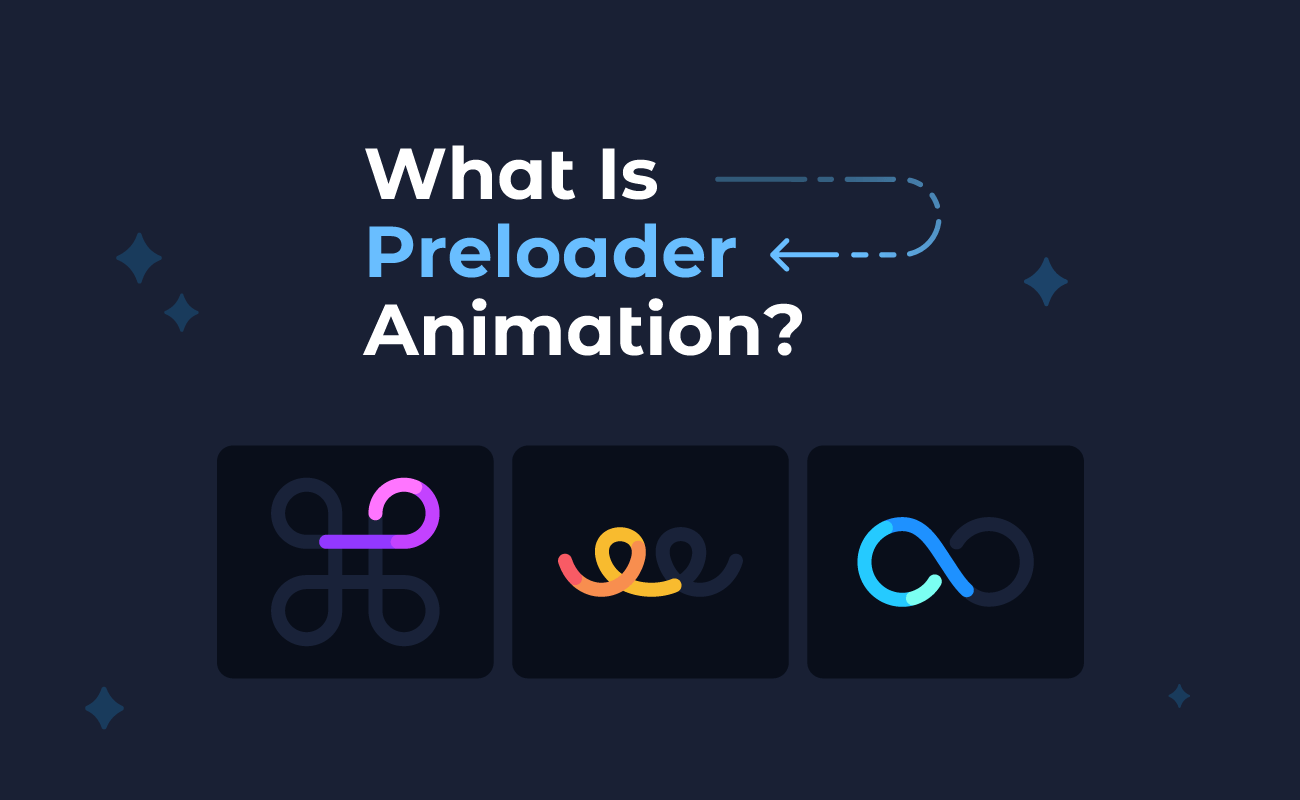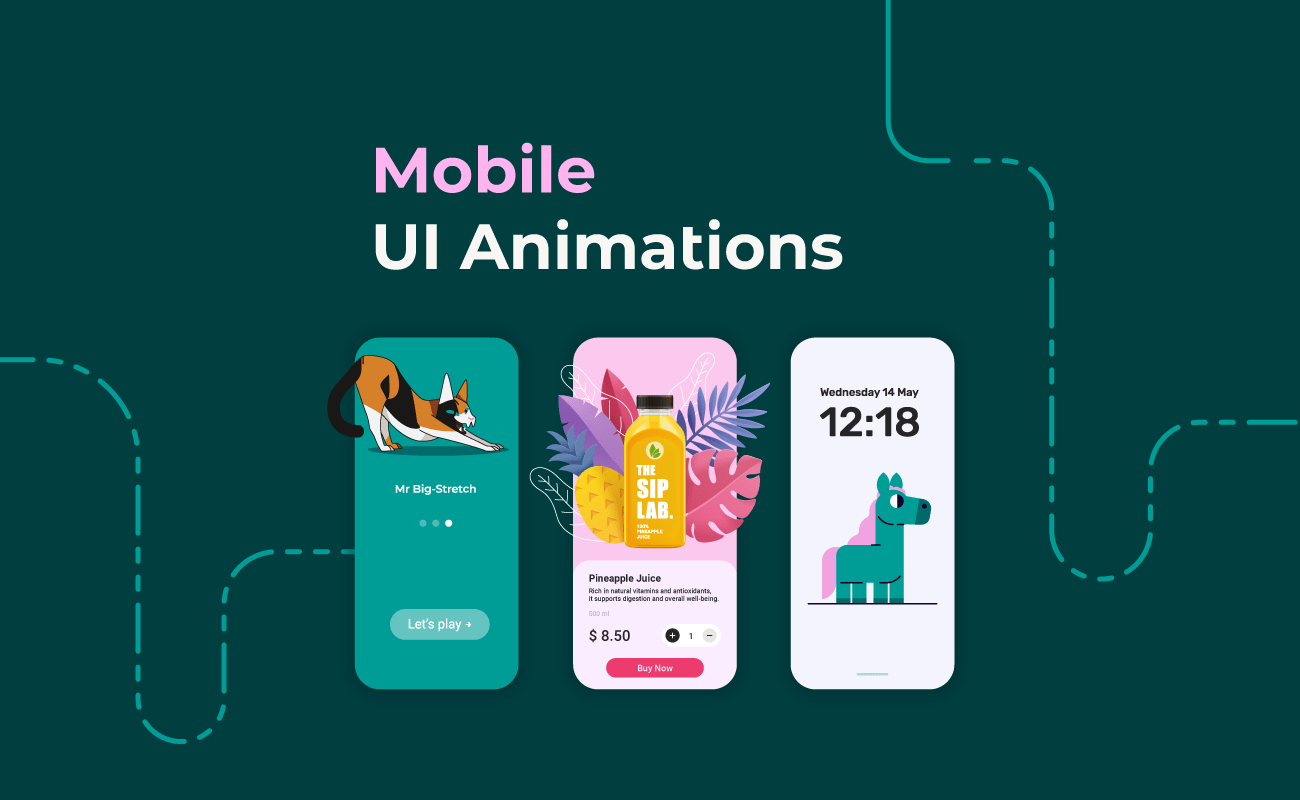2D animation has been a cornerstone of visual storytelling for decades, captivating audiences with its expressive characters and dynamic motion. From hand-drawn classics to modern digital techniques, this art form continues to evolve, proving its versatility across industries.
But what exactly is 2D animation, and why does it remain so influential in entertainment, marketing, education, and beyond? Whether you’re an aspiring animator, a business looking to leverage motion graphics, or simply a fan of animated storytelling, understanding the power of 2D animation can open up a world of creative possibilities.
In this guide, we’ll explore what 2D animation is, its various techniques, its role in different industries, and how you can create your own animated masterpieces.
TABLE OF CONTENTS
What Is 2D Animation?
Is 2D Animation Dying?
Use Cases of 2D Animation
Types of 2D Animation
How to Make 2D Animation
Is 3D Animation Easier Than 2D?
Best Examples of 2D Animation
Final Thoughts
What Is 2D Animation?
Initially created using paper or cels, modern 2D animation has embraced digital tools, making the process faster and more versatile. Widely used in marketing, cartoons, films, video games, education, science, and web design, it remains a timeless and artistic form of animation.
Is 2D Animation Dying?
With the rise of 3D animation, some may wonder if 2D animation is becoming obsolete. However, it’s far from fading away. It’s evolving and thriving in new ways. Today, 2D animation plays a crucial role in areas like marketing, UI/UX design, explainer videos, healthcare, education, employee training, and much more. Businesses use animated visuals to simplify complex ideas, enhance user experiences, and engage audiences effectively.
Advancements in digital tools have made 2D animation more accessible, allowing creators to develop high-quality content for brands, e-learning platforms, and social media. Rather than disappearing, 2D animation continues to adapt, proving its versatility and lasting impact across industries.
Use Cases of 2D Animation
Web Design
2D animation enhances websites by making them visually appealing and engaging. It is often used in hero sections, background animations, banners, and interactive storytelling to capture attention. For example, a homepage might feature an animated illustration that reacts as users scroll, creating a dynamic experience.
Another common use is animated explainer videos, where brands use 2D motion graphics to simplify complex ideas and showcase their products or services. These videos help visitors quickly understand a company's message without reading large blocks of text.
Additionally, subtle animations like hover effects, parallax scrolling, and animated call-to-action buttons make websites feel modern and interactive.
Marketing and Advertising
Businesses use 2D animation to create engaging advertisements and explainer videos. Animated commercials can simplify complex ideas, making them more digestible for consumers. Whether it’s a tech company introducing a new app or a healthcare brand explaining medical procedures, 2D animation helps deliver information in a visually appealing and memorable way. With the rise of social media marketing, animated ads also grab attention quickly, increasing engagement rates.
UI/UX Design
In UI/UX design, 2D animation serves a functional purpose. It guides users, improves usability, and enhances interactions within digital interfaces.
For instance, micro-interactions (such as button hover effects, loading spinners, and swipe gestures) provide real-time feedback, helping users understand how the interface responds to their actions. A progress bar animation, for example, reassures users that a task is in progress, reducing uncertainty.
2D animation is also widely used in onboarding experiences, where animated tutorials or walkthroughs introduce users to key features of an app or software. This makes learning more intuitive and engaging compared to static text instructions.
Education, Training, and E-Learning
In the education sector, 2D animation enhances learning experiences by making information more engaging and easier to understand. Animated educational videos break down difficult subjects like science, math, and history into visually interactive lessons. Platforms like Khan Academy and TED-Ed use 2D animation to teach in an entertaining way, helping students retain knowledge more effectively. Whether in classrooms or online courses, animation makes learning more dynamic.
Gaming Industry
While 3D animation dominates mainstream gaming, 2D animation remains a key player, especially in indie game development. Popular games like Hollow Knight and Cuphead showcase how 2D animation can create visually stunning and immersive experiences. Its hand-drawn aesthetic and fluid movement add a unique charm that appeals to both nostalgic gamers and new audiences.
Medical and Scientific Visualization
In medicine and science, 2D animation plays a crucial role in visualizing complex processes. Animated medical illustrations help explain anatomy, diseases, and treatments in a way that’s easy to comprehend.
Pharmaceutical companies use animated videos to demonstrate how drugs work, while doctors use them to educate patients about surgical procedures. Similarly, scientific organizations use 2D animation to showcase concepts that are difficult to capture with real-life footage, such as microscopic cell interactions or astronomical phenomena.

Social Media Content and Influencer Branding
With the growing dominance of social media platforms like Instagram, TikTok, and YouTube, 2D animation has become a powerful tool for content creators and influencers. Animated content stands out in a crowded feed, increasing audience engagement.
Influencers use 2D animations to illustrate their stories, create short skits, or add a unique visual style to their brand. Whether it's animated GIFs, character-driven storytelling, or motion graphics, 2D animation helps creators connect with their audience in an entertaining way.
Entertainment Industry
One of the most prominent uses of 2D animation is in the entertainment industry. From classic cartoons to modern animated series, 2D animation continues to captivate audiences of all ages.
Shows like The Simpsons and Rick and Morty demonstrate how this art form remains relevant, offering both humor and storytelling depth. Additionally, animated films from studios like Disney and Studio Ghibli prove that 2D animation can be just as visually stunning and emotionally impactful as its 3D counterpart.
Types of 2D Animation
2D animation has been a cornerstone of visual storytelling for decades, evolving from traditional hand-drawn techniques to sophisticated digital methods. Whether for marketing, films, TV shows, video games, or education, 2D animation brings characters and stories to life in unique ways. Below are some of the most common types of 2D animation used today.
Traditional (Hand-Drawn) Animation
Traditional animation, also known as cel animation, is the original form of 2D animation. Artists draw each frame by hand on paper or transparent cels, which are then photographed and compiled to create motion. This method was famously used in Disney classics like Snow White and the Seven Dwarfs and The Lion King. While time-consuming and labor-intensive, traditional animation has a distinct, organic feel that many animators still admire.
Digital (Vector-Based) Animation
With the rise of technology, traditional animation has largely been replaced by digital animation. Vector-based animation allows animators to manipulate characters and backgrounds more efficiently. Instead of redrawing every frame, artists use digital tools to move and transform elements, streamlining the process. This method is widely used for advertisements, TV shows, web animations, and explainer videos.
Cut-Out Animation
Cut-out animation involves using pre-designed characters or elements, which are moved in segments rather than redrawn frame by frame. This technique can be done physically with paper cut-outs, as seen in early stop-motion animation, or digitally using software.
A famous example of digital cut-out animation is South Park, which mimics the look of paper cut-outs but is animated using computers.
Rigged Character Animation
A more advanced form of cut-out animation, rigged character animation involves creating a skeletal structure (rig) for characters, allowing them to move smoothly like puppets. Programs like Toon Boom and Moho use rigging to give animators greater control over character movement without redrawing each frame. This technique is widely used in TV production and online content due to its efficiency.

Motion Graphics Animation
Unlike character-driven animation, motion graphics focus on animating text, shapes, and abstract elements. Often used in advertising, promotional videos, and user interfaces, motion graphics animation is common in corporate videos and social media content. Software like Adobe After Effects, Blender, and SVGator are popular for creating smooth transitions and engaging visual effects.
Rotoscoping
Rotoscoping is a hybrid technique where animators trace over live-action footage to create realistic movement. This method was historically done frame by frame but is now often achieved digitally. Films like A Scanner Darkly and Waking Life used rotoscoping to blend realistic motion with a stylized 2D appearance.

How to Make 2D Animation
1. Understanding the Basics
Before diving into animation, it’s essential to grasp the fundamentals. 2D animation involves creating the illusion of movement by displaying a sequence of drawings or digital images in rapid succession. Traditional hand-drawn animation and modern digital techniques both follow the same core principles: timing, spacing, and keyframing. Learning these concepts will help you bring your characters and scenes to life with fluid motion.
2. Storyboarding and Planning
Every great animation starts with a solid plan. Storyboarding helps you visualize your scenes before you animate, ensuring a smooth workflow. Sketch out key moments and transitions, keeping the composition and camera angles in mind. This step saves time and prevents unnecessary revisions later in the process.
3. Creating Keyframes and In-Betweens
Keyframes are the main poses that define movement, while in-betweens smooth out the motion between them. Traditional animators draw every frame manually, but digital tools can automate in-betweens using interpolation. Mastering keyframe placement is crucial for achieving realistic and expressive animation.
4. Adding Color and Effects
Once your animation flows smoothly, it’s time to refine it with color, shading, and visual effects. Flat colors can work well for a minimalist style, while gradients and shadows add depth. If your animation involves lighting effects, glows, or motion blur, layering and blending modes in your software can enhance the final look.
5. Exporting and Sharing Your Animation
After completing your animation, export it in a suitable format — SVG, Lottie, GIF, MP4, or MOV — depending on your platform. Make sure to preview your animation to check for any glitches or errors before sharing it with the world!
Is 3D Animation Easier Than 2D?
When comparing 3D animation to 2D animation, the notion of which is "easier" depends on various factors. On the surface, 2D animation might seem more straightforward because it involves fewer technical steps. Artists can draw directly onto the canvas, whether digitally or by hand, and create frames that bring characters and scenes to life. This process is often perceived as more intuitive, especially for beginners. However, the simplicity of 2D doesn’t mean it’s always easier, as creating smooth, natural movements and intricate details can be time-consuming and requires exceptional skill.
On the other hand, 3D animation involves a more complex setup. Artists must first create models of characters and objects in a digital space, which requires knowledge of software like Blender, Maya, or Cinema 4D. Texturing, rigging, and lighting of each scene add additional layers of complexity.
However, once the models and rigs are built, animating them becomes faster, as movements can be adjusted and reused with relative ease compared to drawing each frame by hand. This efficiency could make 3D animation feel "easier" after the initial setup, particularly for larger projects that demand frequent revisions.
Ultimately, neither style is objectively easier; both require unique skills and approaches. It comes down to the project’s needs, the artist’s expertise, and the desired result. For some, the simplicity and creative freedom of 2D may be preferred, while others enjoy the speed that 3D animation can offer.
Best Examples of 2D Animation


Final Thoughts
2D animation continues to prove its relevance in a rapidly evolving digital landscape. Whether through classic hand-drawn techniques or modern vector-based animation, it remains a powerful tool for storytelling, gaming, education, and design. Its adaptability across industries, from marketing to medical visualization, ensures that it won’t be fading away anytime soon.
As technology advances, 2D animation only becomes more accessible, allowing creators of all skill levels to bring their ideas to life. Tools like SVGator make the process even easier, offering a user-friendly platform for animating 2D motion graphics without the need for coding.






